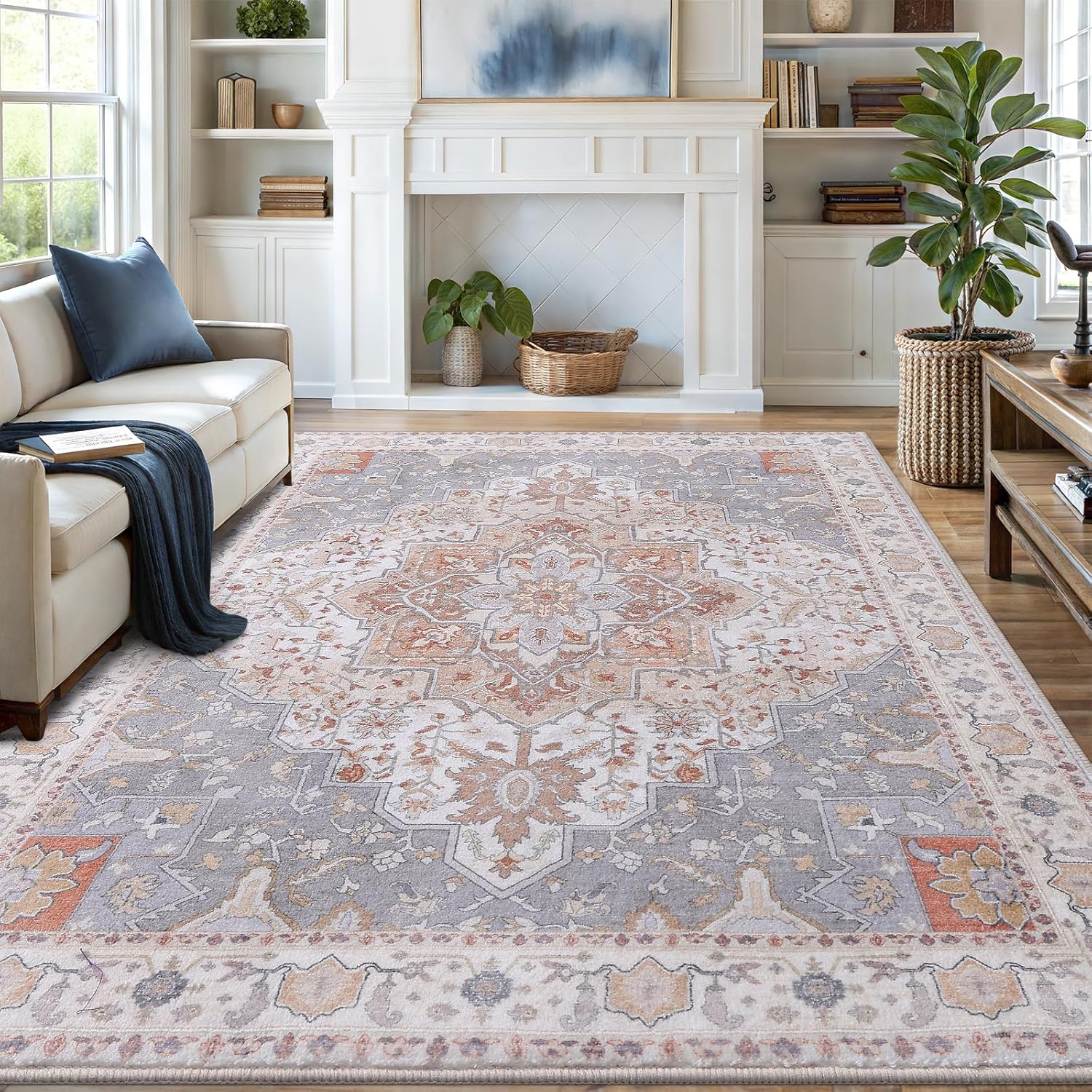To clean a vacuum cleaner that smells, empty the dust container, wash or replace filters, clean the brush roll, and check for clogs in the hose.
A smelly vacuum cleaner can turn cleaning into an unpleasant chore. Whether it’s a musty odor, burning smell, or pet-related stench, we’ll show you how to fix it permanently.

Why Your Vacuum Smells Bad
Understanding the cause is the first step to solving vacuum odors. Here are the most common culprits:
1. Decomposing Debris
Food particles, pet hair, and organic matter break down inside your vacuum. This creates volatile organic compounds (VOCs) that produce foul odors. A study by the American Society for Microbiology found vacuum dust contains bacteria and fungi that contribute to these smells.
2. Mold Growth
Moisture from wet cleaning or high humidity leads to mold in vacuum components. This creates a musty smell that spreads through your home when vacuuming.
3. Worn Out Belt
A stretched belt makes the motor work harder, creating a burning rubber smell. Replace belts every 3-6 months for optimal performance.
4. Clogged Filters
Dirty filters trap odors and reduce suction. This includes HEPA filters that can harbor mold spores and bacteria.

Step-by-Step Cleaning Guide
1. Empty and Disinfect the Dustbin
Always empty outdoors if possible. For thorough cleaning:
- Wear gloves and mask
- Remove all debris
- Wash with warm soapy water
- Spray with vinegar solution (1:1 water/vinegar)
- Air dry completely
2. Clean or Replace Filters
For washable filters:
- Rinse under running water until clear
- Soak in baking soda solution (1 tbsp per cup water)
- Dry completely before reinstalling
Replace disposable filters every 3 months, or more often if you have pets. Check our guide on cleaning vacuum filters for detailed instructions.
3. Remove Hair and Debris From Brushes
Hair wraps around rollers and causes friction smells:
- Unplug the vacuum
- Remove the brush roll
- Cut away wrapped hair with scissors
- Clean grooves with a toothbrush
- Wipe with disinfecting wipes
4. Check for Blockages
Clogs in hoses and attachments cause overheating and odors:
- Use a long brush or straightened coat hanger
- Remove visible debris
- Flush hoses with warm water if possible
- Ensure complete drying before use
Preventing Future Odors
Regular Maintenance Schedule
| Task | Frequency |
|---|---|
| Empty dustbin | After each use |
| Clean filters | Monthly |
| Inspect brush roll | Weekly |
| Replace belts | Every 3-6 months |
Natural Odor Absorbers
Try these between cleanings:
- Baking soda in the dustbin (1-2 tbsp)
- Dryer sheets in the bag compartment
- Essential oil drops on a cotton ball
For homes with pets, our guide on cleaning after pets offers additional odor solutions.
Proper Storage
Prevent mold growth by:

Vanmoos 6×9 Machine-Washable Area Rug — Artistic Flair / Beige
Low-pile, non-slip rug that minimizes pet hair collection and makes quick cleanup part of your routine.
Affiliate link — may earn a commission at no extra cost to you.
- Storing in dry areas
- Leaving dustbin door open between uses
- Avoiding damp basements or garages
Special Cases
Burning Smells
If you notice electrical or burning odors:
- Immediately turn off and unplug
- Check for blockages
- Inspect belt condition
- Look for melted components
- Consult a repair professional if unsure
Persistent Pet Odors
For tough pet smells:
- Use enzymatic cleaners in dustbin
- Wash attachments with pet-safe detergent
- Consider a vacuum with sealed HEPA system
According to American Kennel Club experts, enzymatic cleaners break down odor-causing proteins in pet dander.
Musty Mold Smells
For mold issues:
- Disassemble removable parts
- Soak in vinegar solution for 1 hour
- Scrub with soft brush
- Rinse thoroughly
- Dry in sunlight if possible
